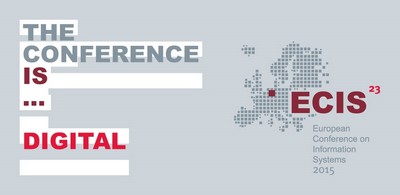DOI
10.18151/7217333
Abstract
We consider a routing problem for a single vehicle serving customer Locations in the course of time. A subset of these customers must necessarily be served, while the complement of this subset contains dynamic customers which request for service over time, and which do not necessarily need to be served. The decision maker’s conflicting goals are serving as many customers as possible as well as minimizing total travel distance. We solve this bi-objective Problem with an evolutionary multi-objective algorithm in order to provide an a-posteriori evaluation tool for enabling decision makers to assess the single objective solution strategies that they actually use in real-time. We present the modifications to be applied to the evolutionary multi-objective algorithm NSGA2 in order to solve the routing problem, we describe a number of real-time single-objective solution strategies, and we finally use the gained efficient trade-off solutions of NSGA2 to exemplarily evaluate the real-time strategies. Our results show that the evolutionary multi-objective approach is well-suited to generate benchmarks for assessing dynamic heuristic strategies. Our findings point into future directions for designing dynamic multi-objective approaches for the vehicle routing problem with time windows.
Recommended Citation
Grimme, Christian; Meisel, Stephan; Trautmann, Heike; Rudolph, Guenter; and Wölck, Martin, "Multi-objective Analysis of Approaches to Dynamic Routing of a Vehicle" (2015). ECIS 2015 Completed Research Papers. Paper 62.
ISBN 978-3-00-050284-2
https://aisel.aisnet.org/ecis2015_cr/62


